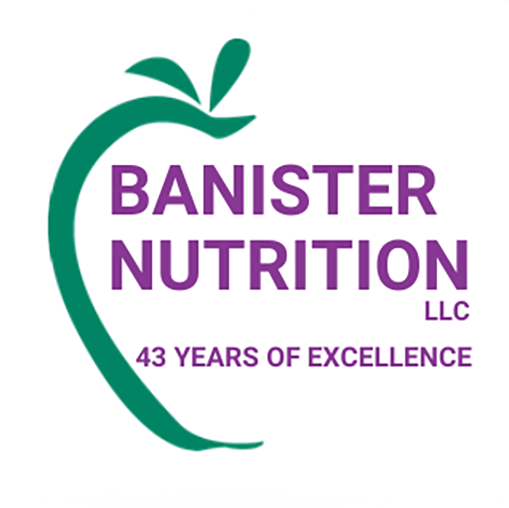Is a Clean Plate really a Happy Plate?
Have you ever been told you need to finish all your food if you want dessert? What if I
told you that would not be the best way to achieve maximum nutritional benefits? A phrase I
heard often growing up was “a clean plate is a happy plate.” However, it is important to not push the narrative that a clean plate is a happy plate or use desserts as an incentive to make someone eat.
Satiety is the feeling of being comfortable after a meal. Think of it as your stomach being
satisfied with the amount of food it has been given. Having the mindset to completely finish your meal can encourage overeating or cause you to ignore your body’s natural feeling of satiety. It can also create a negative relationship with food by making you dread meal
time if you feel like you have to eat all of your food. America is notorious for having oversized
portions, making the clean plate rule even more detrimental to one’s health.
So, what is a happy plate?
A true happy plate would be a meal with all the food groups and a variety of nutrients
in the dish. Eating some of each food group to a point of feeling comfortable is more important than trying to finish all the food. This style of eating will align more with what your body actually needs nutritionally. It also creates a healthier relationship with food because you can actually enjoy the food and benefit from the nutrients you are eating.
